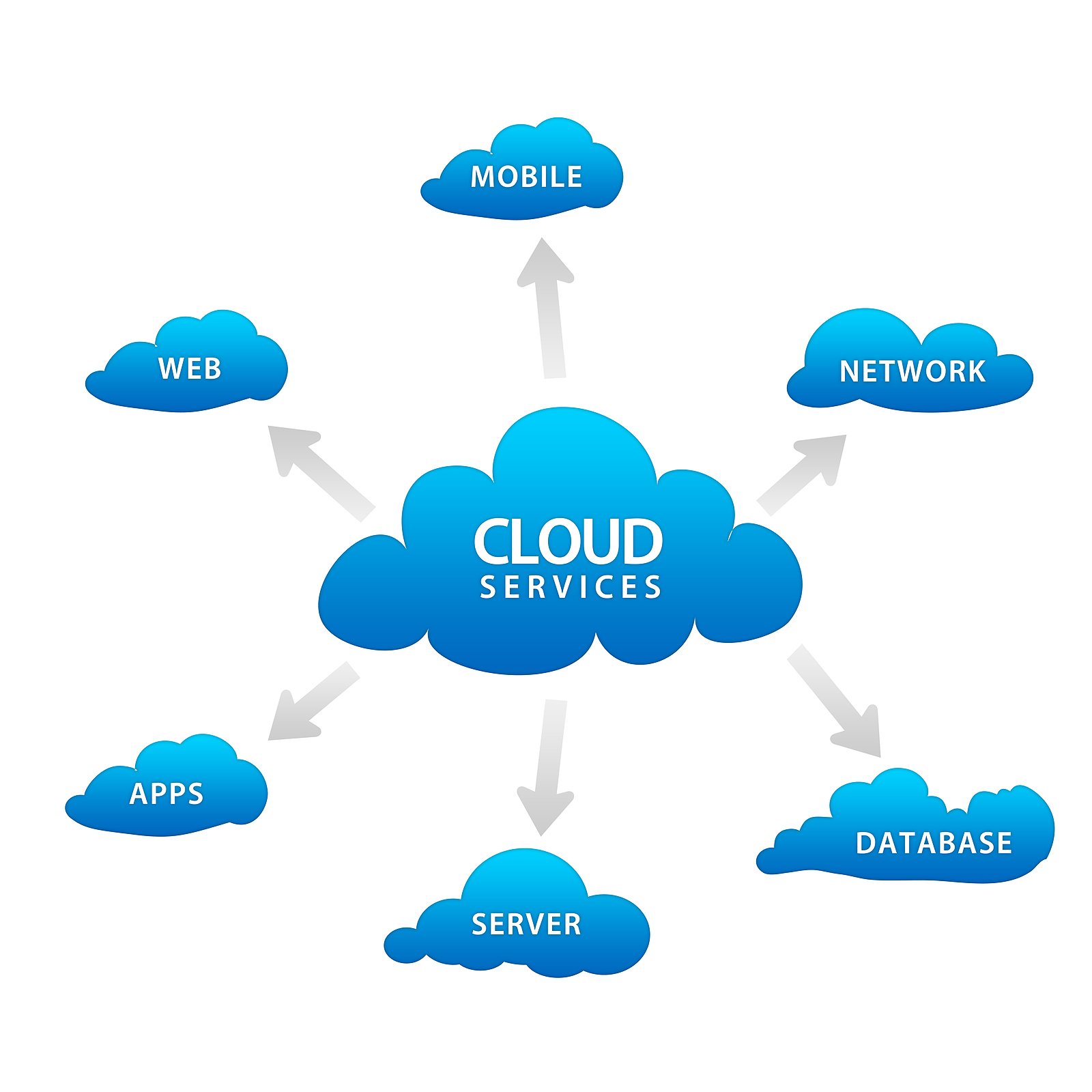Achieve Seamless Scalability With Cloud Services
In the ever-evolving landscape of cloud solutions, achieving seamless scalability stands as a cornerstone for contemporary services looking for to stay adaptable and affordable. The quest for smooth scalability with cloud services unveils a world of possibilities for those willing to embrace the transformative power of vibrant source administration.
Advantages of Cloud Scalability
Cloud scalability offers companies the flexibility to dynamically adjust sources based on demand, ensuring ideal performance and price efficiency. One crucial advantage is the ability to range sources up or down quickly in reaction to varying work. This dexterity allows businesses to fulfill transforming client needs without over-provisioning resources, eventually causing cost financial savings. Scalability also enhances performance by ensuring that systems can take care of raised website traffic or work without experiencing downtime or slowdowns. By successfully allocating resources, organizations can maintain high levels of performance throughout peak times without unneeded expenses during quieter periods. Additionally, cloud scalability advertises development and trial and error by permitting businesses to easily check new ideas and scale them as needed. This adaptability motivates a culture of continual renovation and adaptation, allowing companies to stay affordable in a rapidly advancing market landscape. Eventually, the advantages of cloud scalability prolong beyond price savings to incorporate improved efficiency, agility, and innovation.
Secret Features for Scaling
Effective scaling in cloud solutions relies on essential functions that make it possible for organizations to readjust resources dynamically based on need. An additional essential function is scalability, enabling systems to handle increased work by including sources flawlessly. On the whole, these essential attributes jointly encourage companies to achieve smooth scalability in cloud solutions.
Carrying Out Auto-Scaling Techniques
To properly maximize source allotment and adapt to differing work, organizations should strategically execute auto-scaling methods in their cloud services infrastructure. Auto-scaling permits systems to instantly adjust the variety of compute sources based on real-time demand. There are numerous auto-scaling approaches that companies can use, such as anticipating scaling, which utilizes historic data to anticipate future resource demands, and responsive scaling, which replies to present work adjustments.

Ideal Practices for Scalability
For organizations aiming to improve their scalability in cloud services, applying ideal practices is vital for optimal efficiency and source monitoring. One secret ideal method is making applications with a microservices architecture. This strategy breaks down applications into smaller sized, independent services that can be deployed, upgraded, and scaled individually, allowing for higher adaptability and scalability.
Another crucial practice is making use of containerization technology, such as Docker or Kubernetes. Containers enable the packaging of applications and their dependences into separated devices, making it much easier to scale components separately and release them constantly across different settings.
Furthermore, applying automated implementation and framework as code (IaC) can improve scalability initiatives (linkdaddy cloud services). Automation devices like Terraform or Ansible help in provisioning and taking care of resources successfully, reducing manual errors Homepage and allowing rapid scalability
Moreover, checking performance metrics, establishing informs, and carrying out routine ability planning are necessary methods to ensure proactive scalability administration. By adhering to these finest methods, organizations can achieve seamless scalability in their cloud services while optimizing performance and resource usage.
Surveillance Efficiency Metrics
When analyzing the effectiveness of cloud solutions scalability, very closely monitoring performance metrics is imperative for guaranteeing ideal performance and resource allowance. By continually tracking vital efficiency signs (KPIs) such as response times, throughput, resource, and latency application, companies can get valuable insights into the wellness and effectiveness of their cloud framework. Checking performance metrics allows for the very early detection of possible traffic jams or problems that could influence scalability, making it possible for positive procedures to be required to address them prior to they rise.

Verdict
Finally, achieving seamless scalability with cloud solutions is essential for companies to enhance efficiency, boost innovation, and preserve high additional reading performance degrees during peak times. By leveraging the benefits of cloud scalability, carrying out auto-scaling strategies, using crucial features such as flexibility and automation, and complying with finest practices like application layout and efficiency monitoring, organizations can effectively scale their systems while taking full advantage of source application and efficiency.
The quest for smooth scalability with cloud services unveils a globe of opportunities for those prepared to embrace the transformative power of vibrant source monitoring.
Cloud scalability uses organizations the adaptability to dynamically adjust sources based on need, making certain optimal efficiency and price efficiency. An additional essential attribute is scalability, making it possible for systems to manage enhanced workload by including sources flawlessly.For companies aiming to boost i was reading this their scalability in cloud services, carrying out ideal techniques is important for optimal efficiency and source monitoring.When assessing the efficiency of cloud solutions scalability, closely checking efficiency metrics is crucial for ensuring ideal capability and source allocation.